History
10 Forgotten Roles Horses Played Across The United States
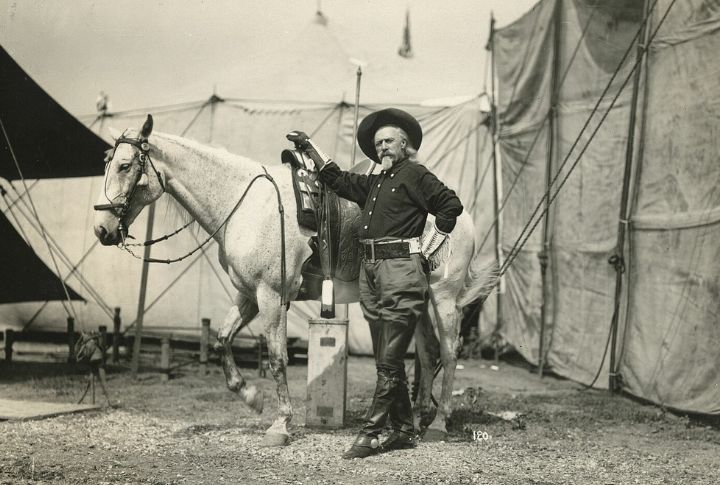
Hooves built more than trails—they carried the weight of a nation figuring itself out. Before motors and modern machines, these animals took center stage to perform some of the most important duties. What they hauled, moved, and led might surprise you. Each role tells a story history forgot to spotlight.
Mail Delivery
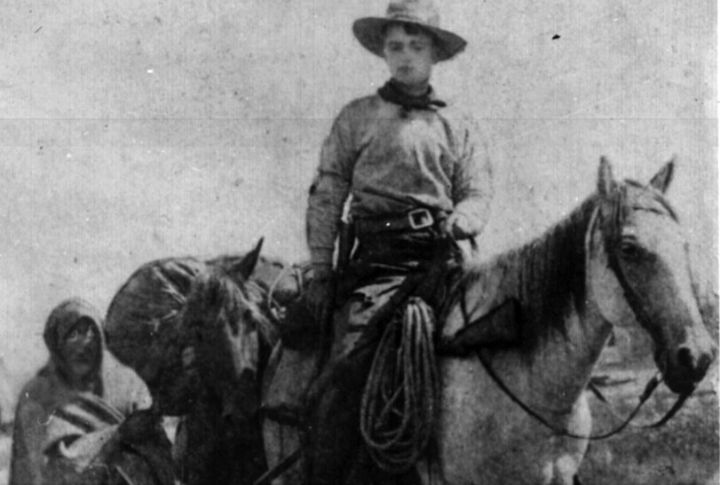
Back in 1860, equines beat your Wi-Fi to the finish line. The Pony Express covered 1,900 miles in under 10 days thanks to lean, speedy Mustangs. These four-legged couriers delivered messages over hostile terrain with no tracking numbers—just grit, hooves, and hustle.
Show Stoppers
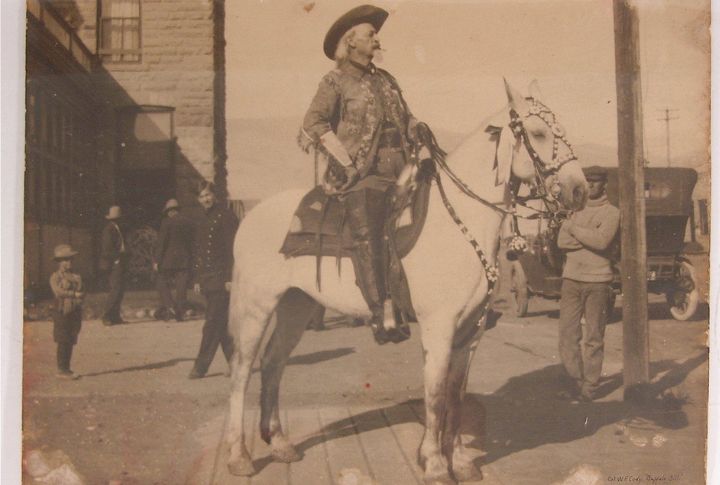
Entertainment had four legs before it had a screen. Steeds galloped, posed, and outshined the actors in Buffalo Bill’s spectacles. Trick riding, sharpshooting, and stunts wowed crowds from coast to coast! These performers made the frontier legendary—hoofbeats were the original applause.
Firefighters
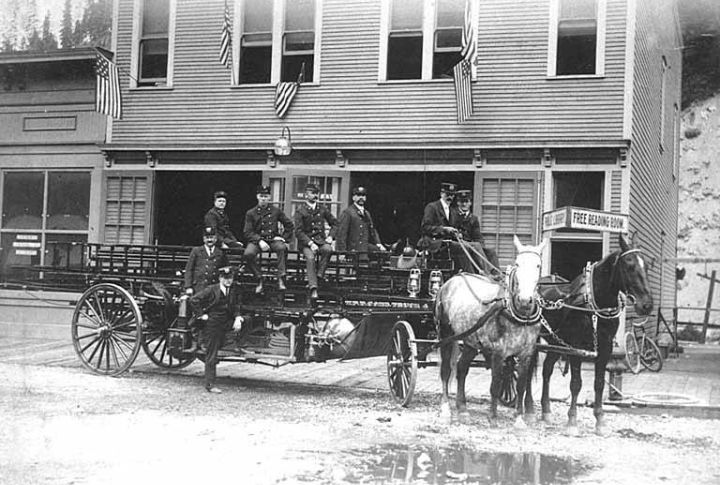
Forget sirens! Try thundering legs and smoke. Draft breeds like Clydesdales dragged steam pumpers weighing around 1400-9500 pounds through chaos. Trained to stand firm during flames and explosions, they did it all without backup lights or coffee breaks. Firefighting looked a lot more epic in iron shoes.
Pulling Book Carts
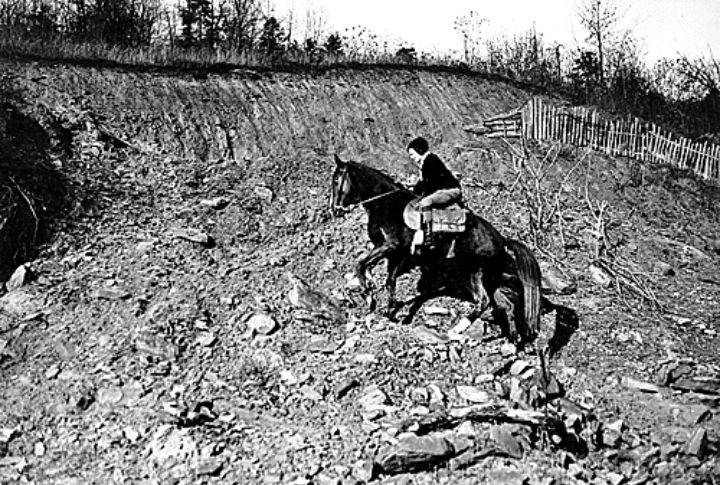
Picture a creature pulling the equivalent of a mobile Kindle through Appalachia. Welcome to 1935, when The Pack Horse Library Initiative brought reading material to mountain households. These carts trotted literacy into the wilderness long before vans had engines. Books arrived on hooves, turning rugged trails into pathways of knowledge.
Aiding Doctors
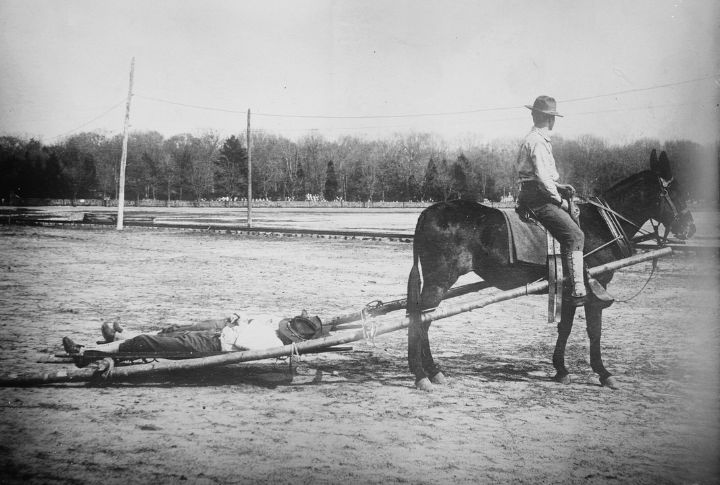
Physician on horseback wasn’t a metaphor. It was a survival strategy. In rural regions, doctors rode daily through dirt, storms, and chaos to treat everything from childbirth to epidemics: no ambulances, no roads, no excuses. Hoofbeats meant help was coming; reins gripped tight, and urgency in every stride.
Pulling Heavy Cargo
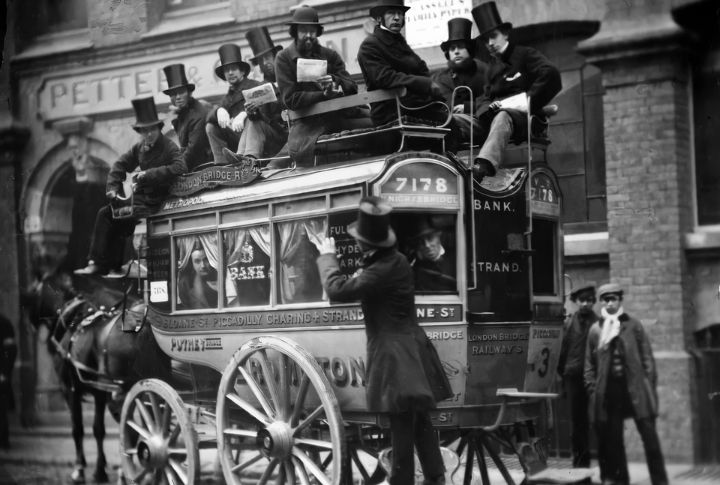
Dragging 30 tons of cargo sounds outrageous unless you were a canal horse in the Erie Canal’s glory days. These beasts strutted towpaths like it was just another Tuesday, hauling freight without complaints or coffee breaks. Logistics today could never! Mud, weight, distance—they handled it like pros.
Logging
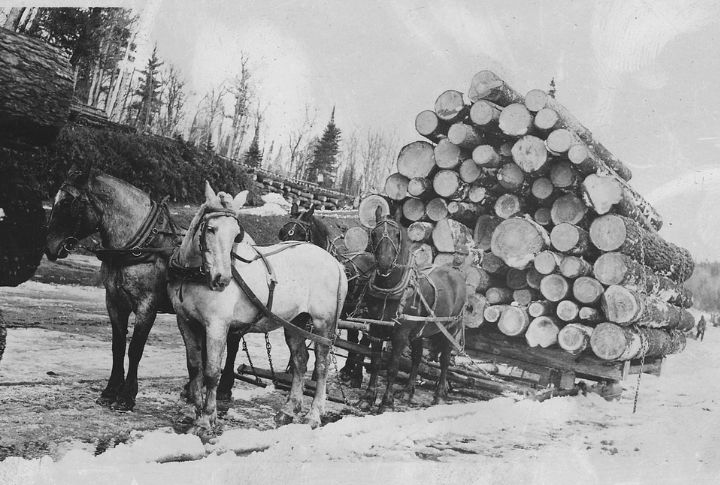
Axes and saws get the spotlight, but quadrupeds do the grunt work. Heavy breeds like Belgians lugged massive timber from dense woods that climbing slopes machinery couldn’t touch. Before skid trails and engines, it was muscle and determination, along with a team that didn’t call out on snow days.
Parade Appearances
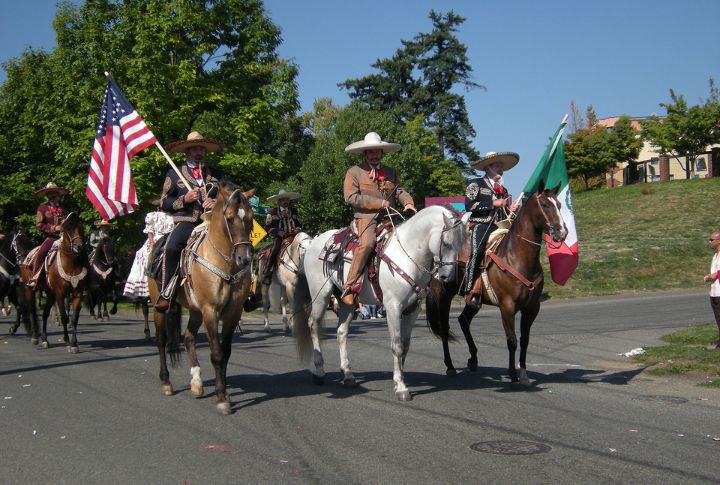
Elections once involved fewer hashtags and more hoofbeats. Horses carried banners and pulled floats, promoting patriotism throughout towns nationwide. These spectacles weren’t just symbolic; they were showy, with creatures often better groomed than the nominees.
Cavalry
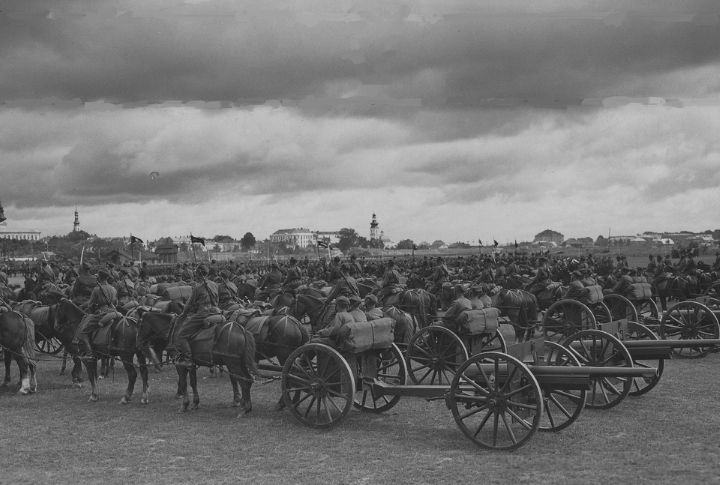
Training camp began in a saddle. Forts like Riley taught troops to maneuver and battle using Morgans, Standardbreds, Thoroughbreds, etc. Those steeds helped soldiers sharpen discipline long before tanks took over. If you couldn’t ride well, you weren’t leading. That was the standard.
Transporting Commuters Over Long Distances
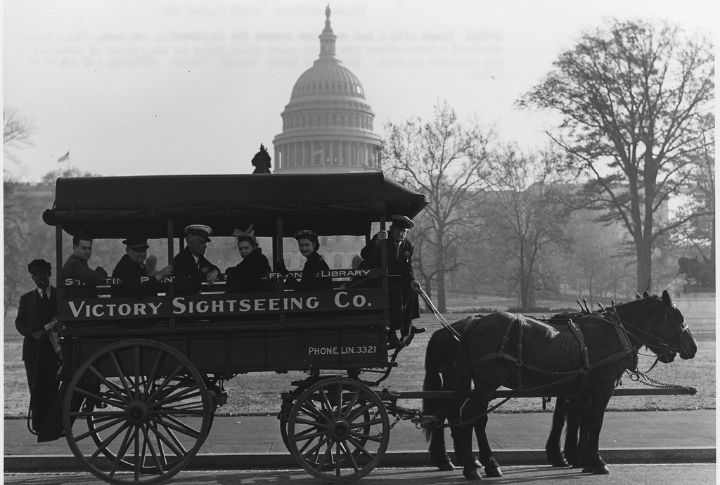
Public transport didn’t begin with batteries; it started with muscle. In the 19th century, horses towed trolleys full of commuters throughout Boston, Philadelphia, and beyond. They kept downtowns moving before cables and currents showed up. Parallel parking with 1,500 pounds? That’s commitment.

